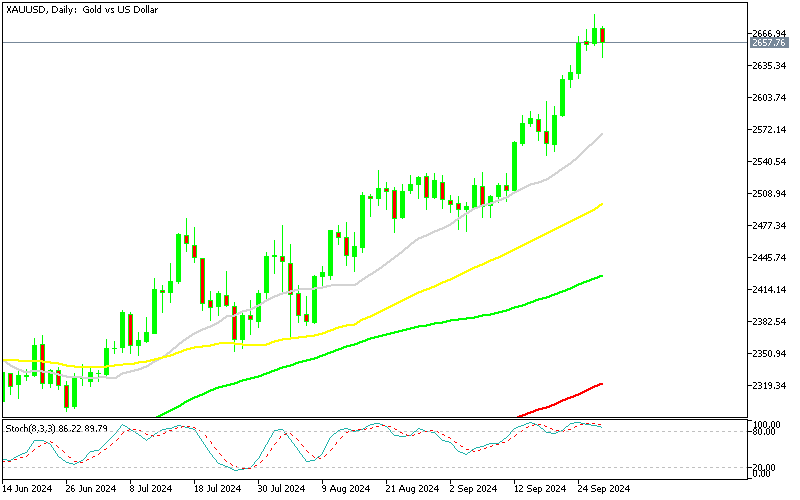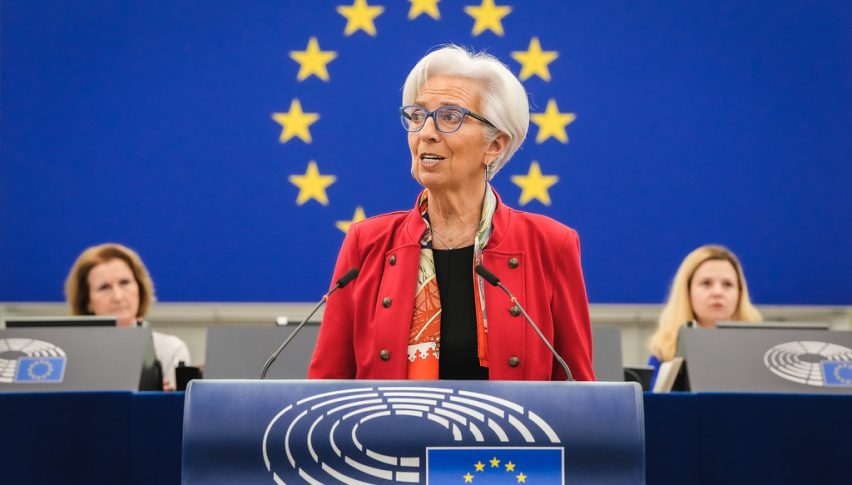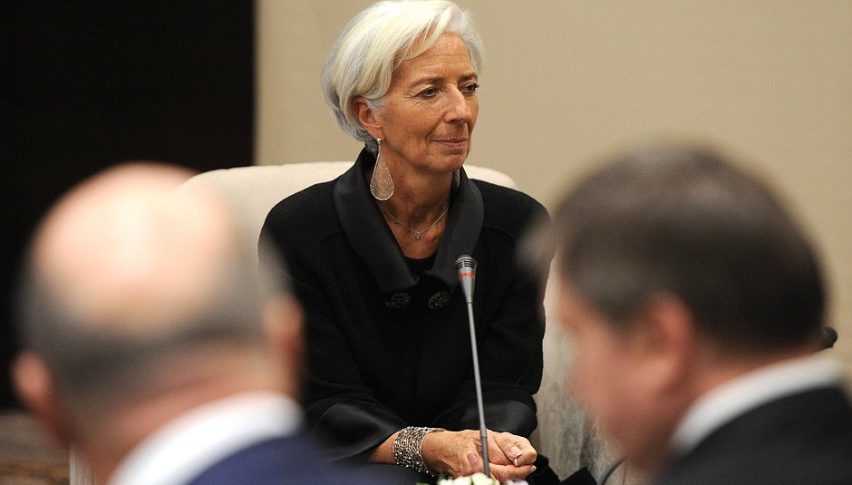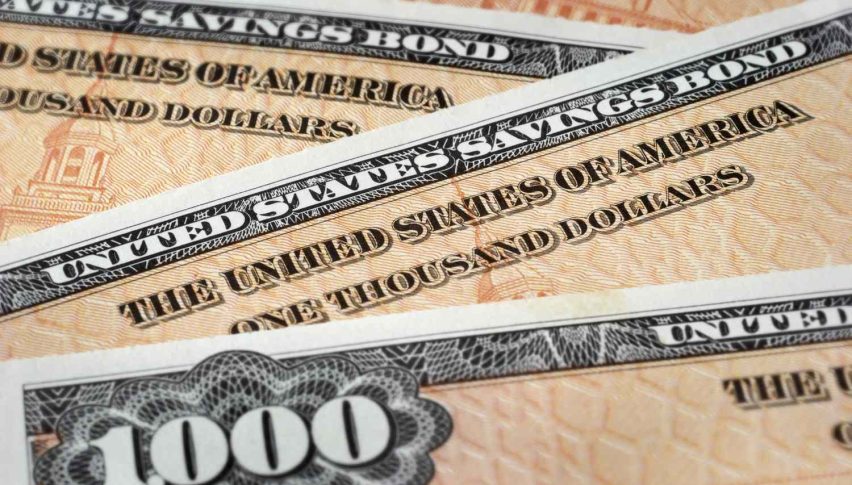China Helps AUD to USD Rate Head for 0.70
AUD to USD gained more than 1 cent last week, driven by the FED's 50 bps rate cut and improved risk sentiment on China’s stimulus measures.

The AUD to USD rate continues to show strength gaining more than 1 cent last week, driven by the Federal Reserve’s 50 basis point rate cut and improved risk sentiment following China’s stimulus measures. The pair has surged to its highest level since February 2022, now nearing the 0.70 mark. Last week, the pair broke through the 100-week SMA, which had been acting as resistance, pushing the price above 0.69.

Factors Fueling the Rally in AUD/USD
- Weakening U.S. Dollar: The rally has been primarily driven by the weakening of the USD. Since reaching a low of 0.6350 in August, the AUD/USD has climbed by more than 5 cents.
- Hawkish RBA: The Reserve Bank of Australia (RBA) has maintained a hawkish stance, showing no signs of cutting interest rates. Although headline CPI dropped in August, the RBA is more focused on trimmed mean inflation, which remains high at 3.4% year-over-year. This has led to expectations that the 4.30% cash rate will stay in place, as inflation remains too elevated for the RBA’s comfort.
AUD/USD Chart Weekly – The 100 SMA Was Broken Last Week
U.S. Economic Outlook and Fed Policy
Despite the Fed’s recent rate cut, the U.S. economy appears on track for a soft landing, according to the latest GDP data. Core PCE inflation rose by just 0.1% month-over-month, below the expected 0.2%, increasing the likelihood of another 50 basis point rate cut by the Fed in November. This dovish shift in U.S. monetary policy has supported risk-on sentiment, with the Dow Jones hitting a record high and the AUD/USD reaching its highest level in over a year.
China’s Impact on the Australian Dollar
China’s economic performance had been a drag on the Australian dollar earlier in the year. However, the People’s Bank of China (PBOC) has taken steps to stimulate growth, including a 50 basis point reduction in the Reserve Requirement Ratio (RRR), releasing approximately 1 trillion yuan for new loans. The second phase of China’s stimulus package, announced last week before a national holiday, boosted investor confidence in riskier assets like commodities and equities. Given that China is Australia’s largest trading partner, these developments have been key to the AUD/USD’s recent upward momentum.
China Manufacturing and Services PMI Reports – September
- Manufacturing PMI: 49.8 points (vs. 49.5 expected), up from 49.1 in August. This shows a slight improvement but still indicates contraction in the sector as it’s below the 50-point threshold.
- Non-Manufacturing (Services) PMI: 50.0 points (vs. 50.4 expected), down from 50.3 in August. This indicates a stagnation in the services sector, hovering around the neutral 50 mark, signaling neither significant growth nor contraction.
The slight uptick in manufacturing is a positive sign, but both figures suggest that China’s economic recovery remains fragile, particularly in the services sector, which has fallen short of expectations, with activity remaining flat in September
AUD/USD Live Chart
- Check out our free forex signals
- Follow the top economic events on FX Leaders economic calendar
- Trade better, discover more Forex Trading Strategies
- Open a FREE Trading Account




